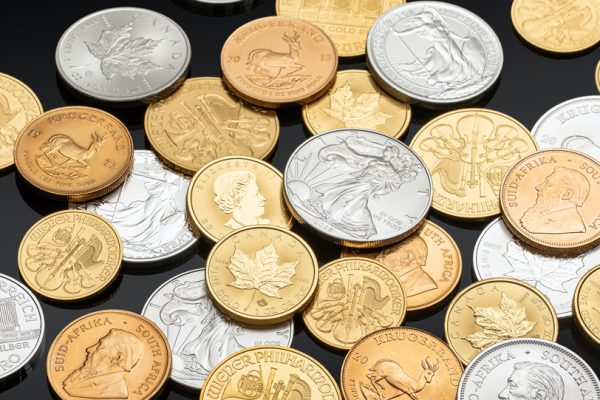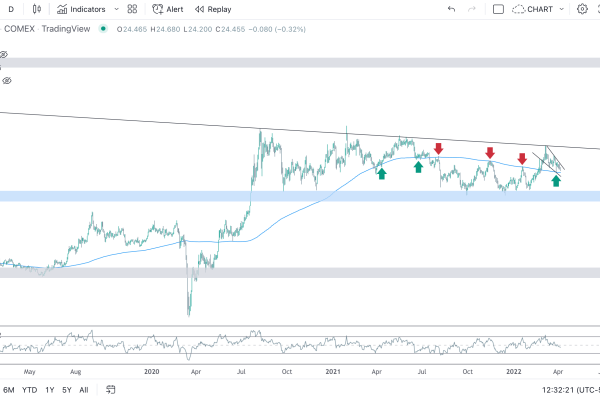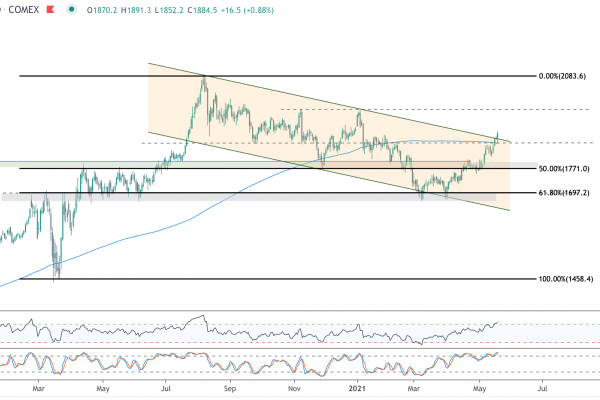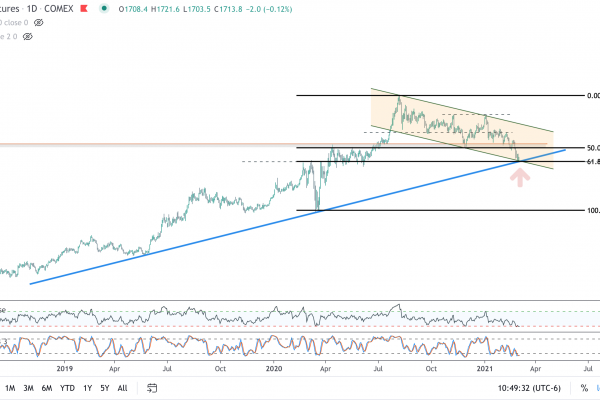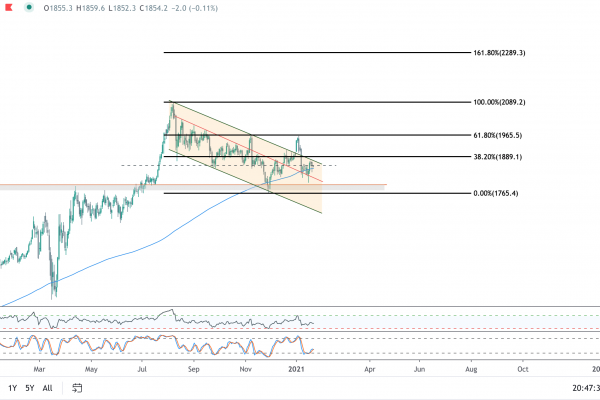Written by Border Gold July 5, 2018
Markets appear headed for some more volatility this week as fears over global trade take a toll on sentiment. Stocks are set to begin the new trading week on a sour note, while interest rates are moving slightly lower in early action. The dollar index is once again moving higher, and strength in the currency is taking a toll on hard assets.
Of particular note for investors is gold’s lack of strength given the ongoing uncertainty over global trade. Indeed, the metal often acts as a safe haven asset-attracting buyers during periods of economic or geopolitical turmoil. This tendency has not be seen in recent months, however. The lack of any strength in the metal seems to be puzzling both traders and investors, but given some of the major headwinds being faced by the market it is really not that surprising.
Interest rate expectations have had a powerful effect on the dollar, and the Fed appears to be staying on course with further, yet gradual rate hikes. Although just how many hikes remains the subject of some debate, the Fed Funds rate is likely to keep creeping higher in the months ahead. That being said, however, it is possible that the key rate could top out around the 3 percent area before the central bank is forced to bring it back down to combat the next recession. For now, the notion of higher rates continues to boost the dollar.
The dollar has been a major weight on gold prices and appears headed even higher. Although the negative correlation between gold and the dollar has softened a bit in recent weeks, the stronger greenback still appears to be a major obstacle to higher prices. The recent weakening of the negative correlation would seemingly point to some other supply and demand factors also playing a role, and summer is often a slow period for Asian buying in the metal.
Another primary hurdle for a significant rally could be concerns over China’s economy. China is a major buyer of metals, and worries over its economy weakening have likely played a major part in the tanking of industrial metals. Copper, for example, is down some 8 percent so far this year. The drag on industrial metals may also be affecting the gold market, and the yellow metal may have simply got caught up in the bearish sentiment.
Adding to the market’s woes is the fact that the technical picture for gold has deteriorated significantly. With a major crossover of key moving averages, the market could be in the beginning stages of a longer-term downtrend. This could lead short-term traders to sell into any rallies, and may keep long-term buyers waiting on the sidelines in anticipation of even lower prices.
The market may indeed need to see further declines before finding more stable ground. On the other hand, a significant escalation in the war over trade or a sharp decline in stocks could potentially spark interest in the metal. That being said, however, the metal has a lot of work to do to neutralize its weakening technical posture.

